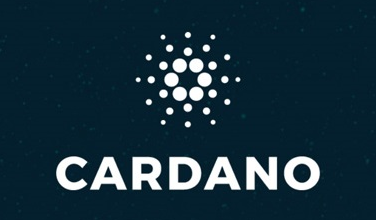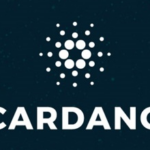Cardano: Potential Powerhouse or Overhyped Cryptocurrency?

Cardano has emerged as a prominent player in the cryptocurrency world, piquing the interest of investors and developers alike. The question that looms large is whether Cardano is truly poised to revolutionize the crypto landscape or if it is merely another overhyped project. Delving into the core components of Cardano and examining its current adoption rate and challenges can shed light on its potential trajectory. Understanding the future prospects of Cardano is crucial for those who are contemplating its merits and demerits. Thus, the debate arises: is Cardano on the cusp of greatness or is it merely embellished hype?
What sets Cardano apart from its peers is its unique blend of cutting-edge technologies and rigorous research. Each upgrade and new protocol in Cardano undergoes meticulous research to ensure optimal safety and efficiency within the ecosystem. The Ouroboros Proof-of-Stake (PoS) Protocol employed by Cardano allows for transactions with significantly less energy consumption than traditional PoW systems. Moreover, Cardano’s layered architecture enhances scalability and maintenance, with distinct layers dedicated to processing ADA transactions and smart contracts separately. By employing formal verification methods for smart contracts, Cardano ensures an unparalleled level of security. Additionally, Cardano’s emphasis on interoperability and sustainability aims to bridge the gap between blockchain technology and traditional monetary systems, fostering reliability and accessibility for users.
The growth and adoption of the Cardano ecosystem serve as a testament to its increasing popularity. The expansion of decentralized applications (dApps), strategic partnerships with organizations like Veritree and SERPRO, and the burgeoning staking activities all reflect Cardano’s upward trajectory in the market. The total value locked (TVL) in Cardano’s DeFi sector has witnessed significant growth, indicating a positive reception among users. The increasing number of ADA wallets and users further cement Cardano’s position as a promising platform within the blockchain sphere.
Despite its promising potential, Cardano is not without its fair share of challenges. The platform’s slow foundational growth and educational barriers impede its ability to compete effectively with established players like Ethereum. Skepticism surrounding Cardano’s real-world applications, transaction processing capabilities, and overall market adoption have cast doubts on its future prospects. Addressing these challenges is imperative for Cardano to evolve and secure its foothold in the blockchain landscape.
Looking ahead, the future of Cardano’s ADA token hinges on a confluence of positive and negative trends. Factors like the development of Cardano’s DeFi platform, institutional support, and regulatory compliance will shape ADA’s market value. It is essential for Cardano to navigate technological challenges, intensifying competition, and regulatory hurdles to sustain its growth momentum. Whether Cardano emerges as a dominant force or fades into obscurity largely depends on its ability to innovate, adapt, and garner community support in the ever-evolving crypto market.
In conclusion, Cardano’s potential lies in its robust technical framework, commitment to innovation, and sustainable growth strategies. While challenges and skepticism loom large, Cardano’s future trajectory will ultimately be shaped by its ability to navigate the dynamic crypto landscape and deliver on its key objectives. Keeping a keen eye on Cardano’s developments, price predictions, and ecosystem expansion can guide investors in making informed decisions amid market volatility.






